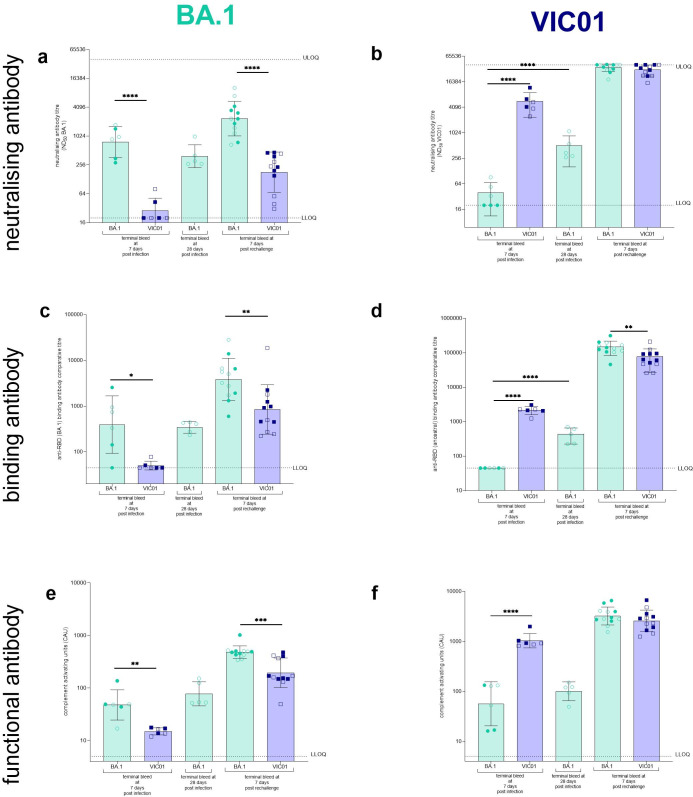Fig 5. Assessment of humoral responses to VIC01 and BA.1.
At scheduled cull points hamsters were exsanguinated and assessed for humoral immune responses against both BA.1 and VIC01. Neutralising antibodies were assessed against (a) BA.1 and (b) VIC01. Significantly more (P<0.0001) BA.1 neutralising antibodies were detected in BA.1 rechallenge animals compared to VIC01 rechallenged hamsters. A significantly high ND50 titre was seen in the homologous groups for VIC01 (P<0.0001) and BA.1 (P<0.0001) when compared against the heterologous singularly infected group. A significant increase (P<0.0001) was seen between VIC01 neutralising antibodies at day 7 and day 28 post BA.1 infection. No difference was detected for BA.1 neutralising antibodies. Binding antibodies were assessed for (c) BA.1 and (d) ancestral RBD-specific binding antibodies. A significantly higher binding antibody titre was seen in the homologous groups for BA.1 (P = 0.0114) and VIC01 (P<0.0001) at day 7. The BA.1 rechallenge hamsters had significantly higher RBD-specific binding antibodies against both BA.1 (P = 0.0096) and VIC01 (P = 0.0043). A significant increase (P<0.0001) was seen between VIC01 RBD-specific binding antibodies at day 7 and day 28 post BA.1 infection. Antibody dependent complement deposition against the (e) the BA.1 and (f) ancestral spike. Significantly higher complement activating units (CAU) were seen in homologous groups for BA.1 (P = 0.0023) and VIC01 (P<0.0001) and BA.1 rechallenged animals also showed significantly higher (P = 0.0007) CAU against BA.1 Spike. Bars show group geometric means and error bars show standard deviation. The dashed horizontal lines show the upper limit of quantification (ULOQ) and the lower limit of quantification(QLOD). All statistical analysis between groups was carried out on logbase-transformed data using one-way ANOVA with Tukey’s correction.

